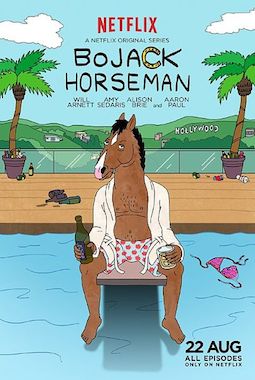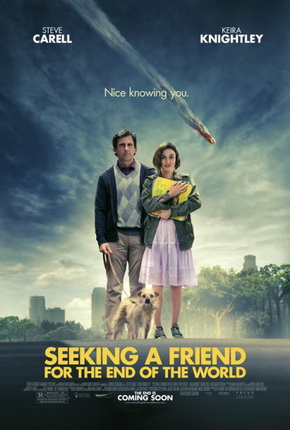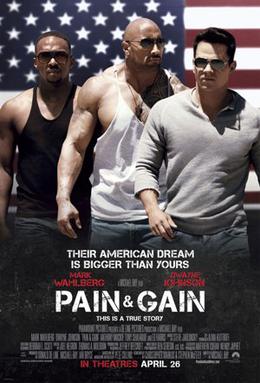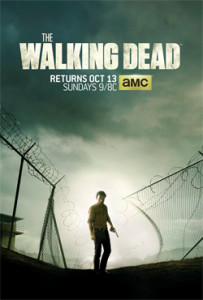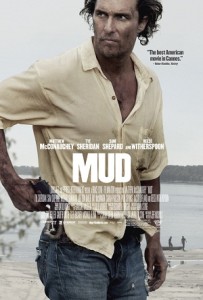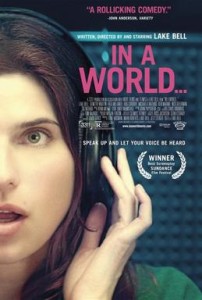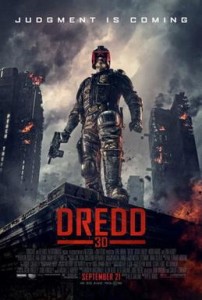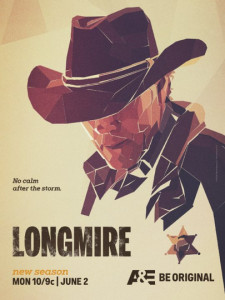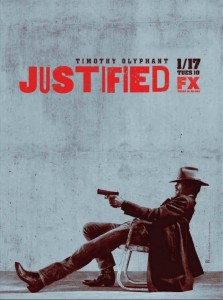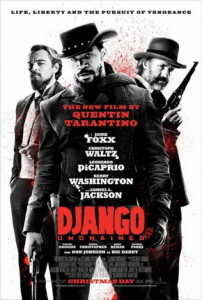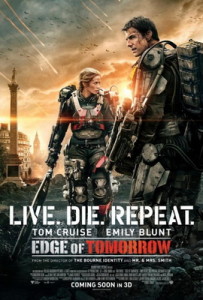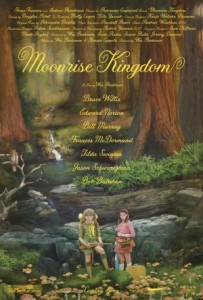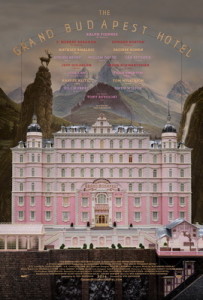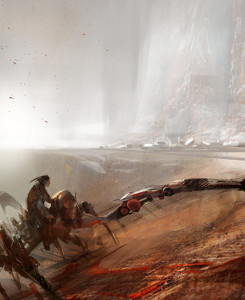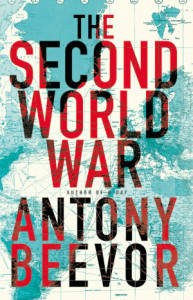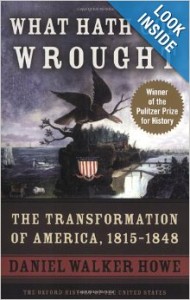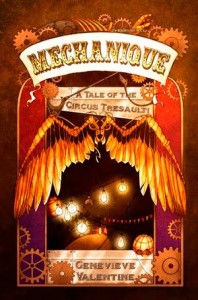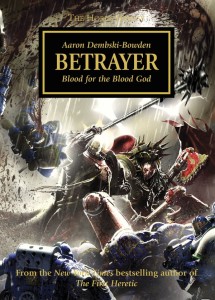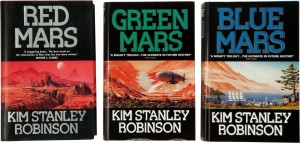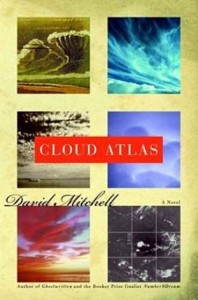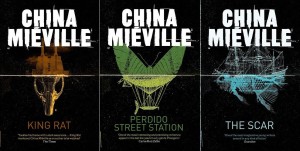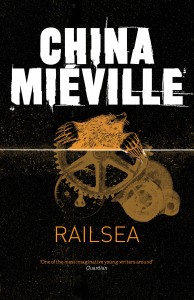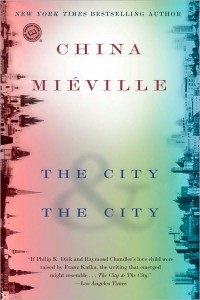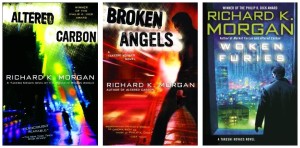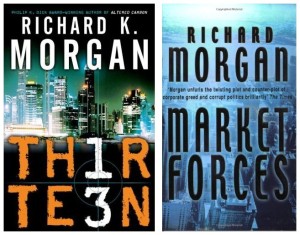Six months later, I finally present my list of movie and TV highlights for 2014. I figure that delay just means they’re not biased toward entries from the end of the year. As usual, these are items new to me in 2014 and not necessarily new to the world that year, though in most cases they actually were or nearly were.
Runners Up
Last year was a great one for movies; even the runners-up were strong, including:
- Bojack Horseman. Amazing intro in the vein of David Lynch, overall tends to not pull punches on Bojack or evolve quite as expected.
- Seeking A Friend For The End Of The World. Much better than I expected, doesn’t pull its big punches.
- Pain And Gain. Ridiculously off the wall and by far the best Michael Bay movie I’m aware of, with some depth and interesting characters.
- Blackfish. A compelling documentary; I am not inclined to believe SeaWorld’s counter-claims of fabrication and embellishment.
- Walking Dead (season 4). Gets back to its character development roots.
- Her. Deep, lusciously done and very relevant sci-fi but I unfortunately just didn’t actually find it totally engaging.
Honorable Mentions
A few of the more notable movies and shows I saw.
- Mud. A drama about boys growing up in the poor south and relationships you can’t let go of. The movie is not at all what I expected: By the end it’s pretty gritty and realistic, while I was expecting a lighter romance. It’s surprisingly good, with strong and complex character interactions.
- In A World. A quirky movie about Hollywood trailer narrators that’s part romantic comedy but mostly family drama. It’s generally not laugh-out-loud funny, though some bits generate chuckles. The characters and plot though have just enough nuance and depth to make it interesting. Plus, ever since seeing it I’ve been applying the catchphrase to all manner of topics—In a world… where we’re out of orange juice!—and people just look at me funny.
- Beasts Of The Southern Wild. Modern Southern fantasy mythology. A great movie that’s brilliantly done but I think doesn’t have a ton of staying power. It’s more forgettable than it should be. I haven’t decided if it glorifies alcoholism and poverty, but you can’t deny that it treats its subjects as humans.
- Dredd. Solid live action version of the dystopian fascist comic character. The movie is very contained, largely limiting itself to a single complex within Mega City One. That’s a bit of a bummer, but what we do see of the larger city is well done. The action and plot here are similarly scoped but solid. It’s just a tightly well done, somewhat small action movie that knows its limits and uses them rather than pushing them. What really makes it good though is that both the villain and the co-lead protagonist are pretty good female sci-fi action movie characters, particularly Judge Anderson the psychic cop.
- Longmire (seasons 1 & 2). A modern Western about a small town sheriff with ties to native beliefs and dark secrets. An excellent show, much better than the novels it is based on due to tighter inter-character drama; the election plot is done much better here. Great blend of different lives, between modern white western, reservation life, and historical native culture. I thought it was going to head darker and take a more Shakespearean turn at several points, and it says something positive that the show easily could have. That would have been good for its intellectual appeal over a season or two, but crippling to the long term likability of several characters so I can understand why the creators pulled back. Still, it retains a fair amount of conflicted tension between several main characters and is good stuff.
Top Movies & Shows
The most notable movies and shows I saw newly in 2014:
- Justified (seasons 1–4). A modern Eastern, if that’s a thing, essentially about current day rumrunners, heroin dealers, in Kentucky. Specifically, fabled Harlan County. The later seasons degrade a fair bit as they lose some of their particular Kentucky trappings—once a crime show moves baddy headquarters into a strip club, it’s in pretty generic territory. But they still have solid villains and are very watchable. The first two seasons though are incredible. Very specific to the locale and with wild characters and taut tensions among a number of them. Highly recommended, and definitely better than the novels with tighter character interactions, conflict, and ambiguity, especially around Raylan and his nature and innocence. Walton Goggin’s performance is incredible and the first season really something with a lot of unique characters and settings. The second season follows up by surprisingly managing to introduce equally compelling new antagonists.
- Django Unchained. Essentially a superhero action antebellum spaghetti Western. Not something to watch over and over. Not even a movie I’d want to watch with people. I can’t really imagine seeing it in a crowd, I’m so sure that most people are not really processing it in any meaningful way. The rampant use of “nigger” throughout strikes me as completely non-controversial, in fitting with the times, but that’s what most people have talked about, carefully ignoring any discussion about slavery or its legacy. To that end, the violence throughout the film is over the top, but used in smart ways: While the violence against the slaveowners is comic, that against the slaves is uniformly not though nonetheless dramatic. Django also seems compromised, limited; he’s doing it all for himself and his wife, not all the slaves. What to make of the d’Artagnan scene? All in all, I think this is a deep movie. That said, it is not without flaws. For example, despite the violence projected against the slaves, I think it significantly pulls its punches at times, particularly so of sexual violence.
- Edge Of Tomorrow. A time-loop concept piece of a sci-fi invasion action movie. I was not at all disappointed by this after the hype and then rapid fade. Tom Cruise delivers another great sci-fi movie after just missing on his previous effort, the interesting but not great Oblivion. Edge of Tomorrow is really good. The action is superbly well done. Everything just looks amazing, moves amazing. None of it’s particularly novel I guess but it just looks good, tons of detail to soak in each time—which is a good thing given the structure of the movie. The plot is similarly not super novel but it’s solid. More importantly, there’s just enough to the characters to make it more than just a straight action movie, though the squad admittedly should have been developed more. Combine all three parts—looks, plot, characters—being pretty solid and you’ve got a really good movie. It’s also somewhat notable for having a superstar female combat veteran as the lead fighter and trainer through much of the movie.
- Moonrise Kingdom. Wes Anderson’s take on junior high summer camp. I watched it at least six times the first week I saw it, and appreciated it only more each time. The music, the colors, the big actions, the small actions, the dialog, it’s perfect. Each of the characters just has so much humanity, and things mostly wrap up well for all without being saccharine.
- The Grand Budapest Hotel. A trip through essentially mid-20th century Eastern Europe courtesy Wes Anderson. This is probably his most polished and complete movie yet. I hesitate to say my favorite, that’s either this or Moonrise Kingdom, but either way it’s extremely good. Again there’s just so much to the characters; Gustave is one of the great ponderables in recent cinema. Combine with Anderson’s usual stylishness and it’s an amazing movie.
Others
As usual, quick notes on everything I watched are in my log. For the record, the worst movie of the year was Riddick. Previously I was really on board with the franchise’s unique, in-depth mythology, and this entry opens with a really novel sequence of Riddick alone again on an inhospitable planet. But it’s also offensively, disappointingly, and shockingly misogynist and gay hating. Details in my log entry.
